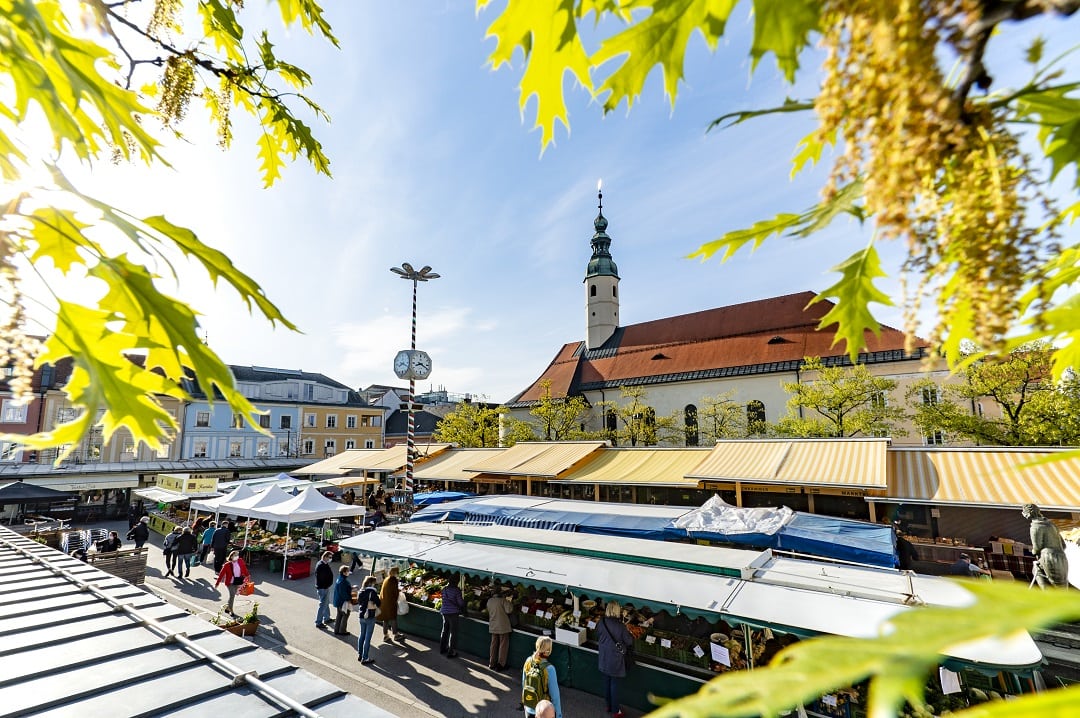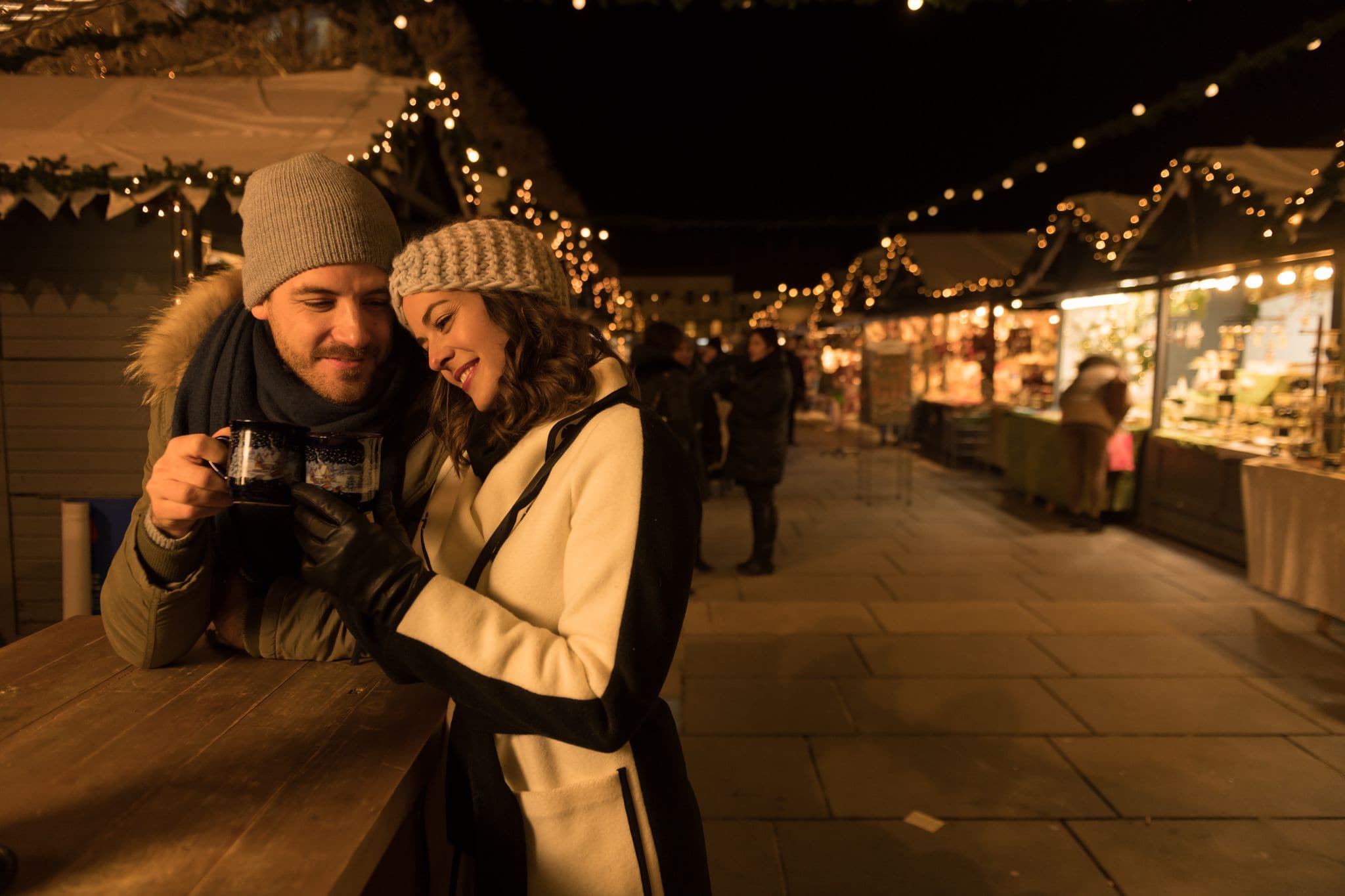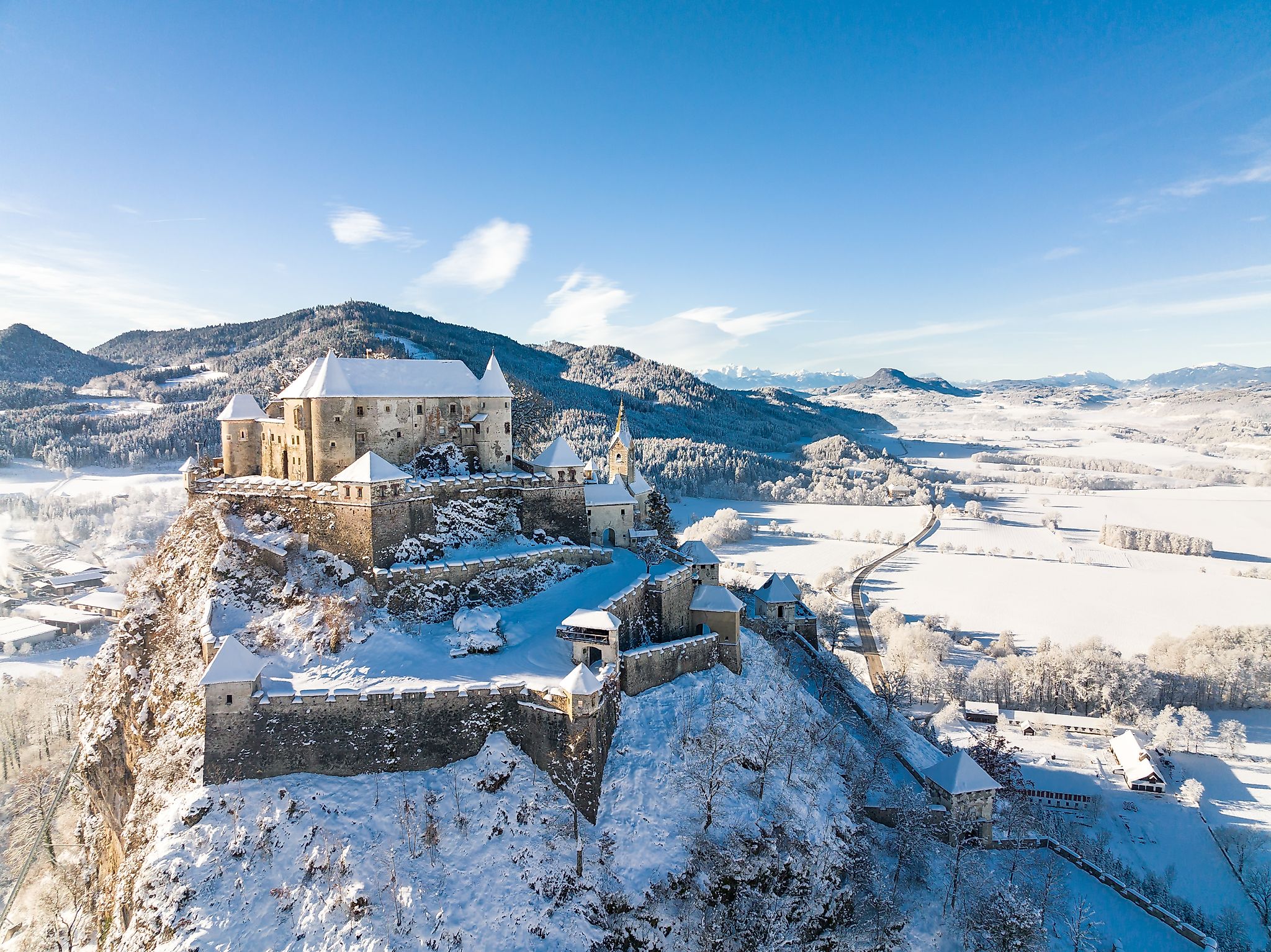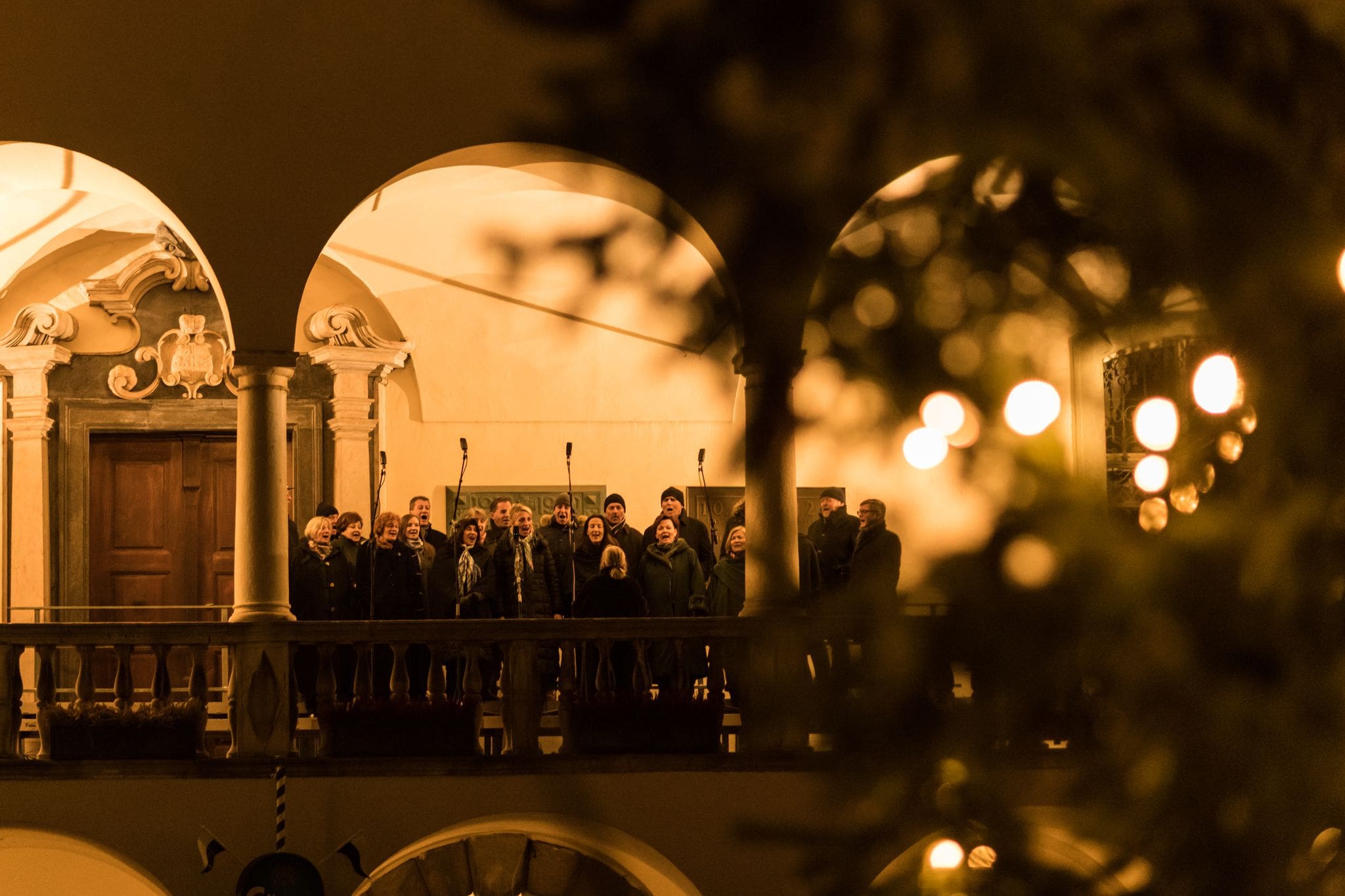Some people come for the wide selection of cheeses, others have been coming since they were first able to think. The best time to visit is in the early morning, when the scent of the morning dew still hangs in the air.
The main market days are every Thursday and Saturday from 6.30am to 1pm. The organic market is on Friday at the same time. You can also stroll around both halls of the Benediktinermarkt from Monday to Friday from 6.30am to 4pm (Wednesday until 1.45pm) and taste your way through the gastronomic treats.
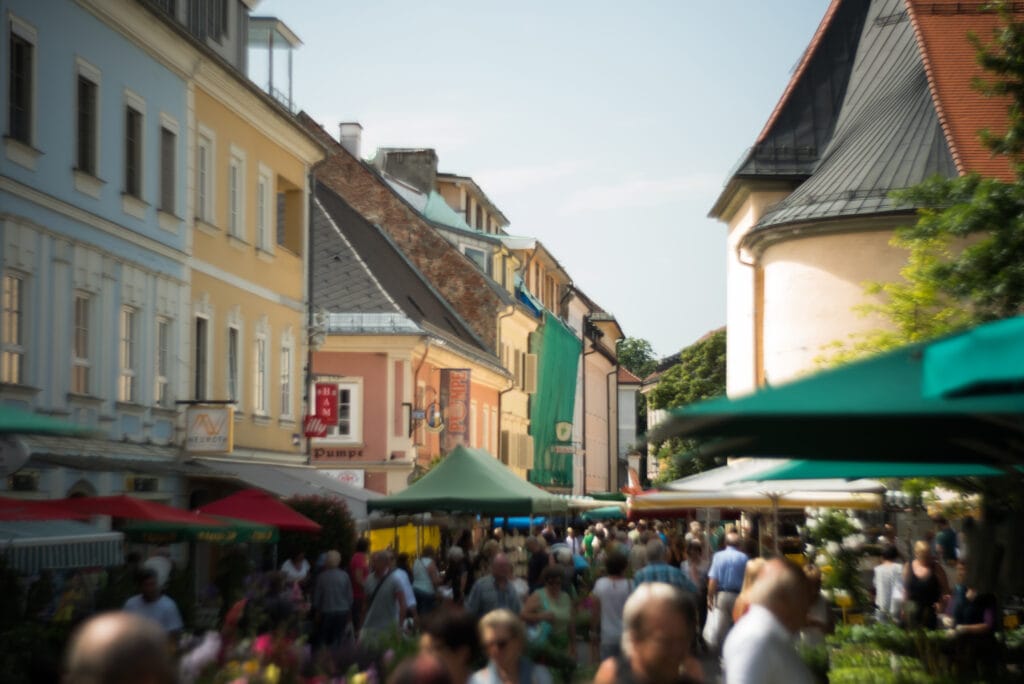
The taste of the Alps-Adriatic region
Klagenfurt’s Benediktinermarkt attracts lots of people. Not just the nutrition-conscious, healthy eaters, but also the numerous market traders from Italy and Slovenia who lend the market in the Alps-Adriatic region an atmosphere all of its own. They make the market as colourful as its guests – young and old, simple and genteel.
The experienced market shoppers come with cotton bags, and ladies with baskets are very rarely seen now, but more and more often curious people come along to watch and sample. The Benediktinermarkt writes its very own rules here: while Carinthians tend to visit it on Thursday to shop, on Saturday they take the time to taste.
There is a wide choice at the Benediktinermarkt, with something for every palate. From the classic farm stall to fresh fish from the Adriatic, you are sure to make a find here whatever your culinary wishes.
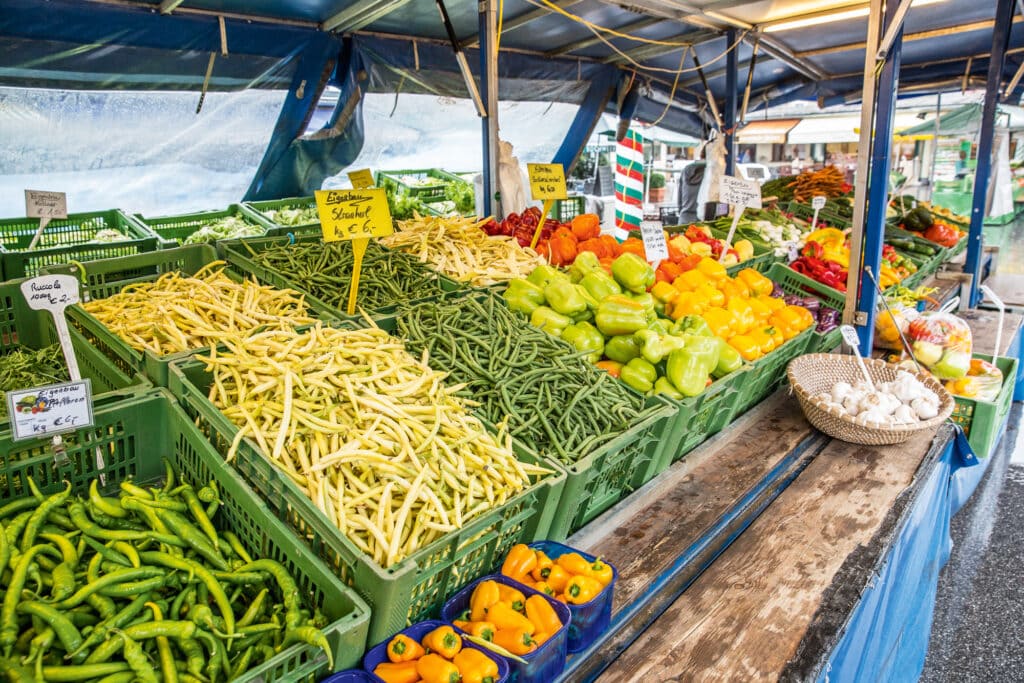
Slovenian specialties
It is the same for the Jakončič family from Slovenia. Regular visitors meet up at the stand on Kaufmanngasse in the early hours of the morning. Then from 11 o’clock it gets really packed and entertaining.
Hardly surprising if you listen to the anecdotes Boris Jakončič tells about his great grandmother Margerite, who started off farming on two hectares, and by working hard all her life managed to buy a further ten hectares. His “Moro” wine is named after his grandfather’s grey hair. The stallholders tell stories at the Benediktinermarkt that people enjoy hearing, and that make the popular meeting place a true soul of the Alps-Adriatic region.
The Škrlj family from Duplje also participate in the sociable market life with their Monvi wines from the Slovenian Vipava Valley. “With a family it is sometimes not easy, but it is definitely better,” jokes Bojan Škrlj, as he stylishly cuts garlic wearing black hygiene gloves. He believes Carinthians are a very positive kind of people.
He says the Benediktinermarkt is definitely “multicultural”: “That’s Europe!” he says happily. His family had good experiences under the monarchy when building up the business. Now he enjoys his holidays in Klagenfurt, because selling here is not work.
Dolce far niente
The stall of the Tarvisio market traders D’Agaro is also small but excellent: “We deliberately decided on fewer products,” say Barbara and Bruno D’Agaro about “Sapori Italiani” (translated: Italian flavours) from Italy, following their motto “less is more”.
They are gourmets themselves and had the idea of offering very special Italian delicacies to their customers too. The trained masseuse and her husband have been running their stall for five years.
“Sometimes we wonder why we didn’t do it sooner, because we enjoy it so much,” says the impassioned Carinthian. They embody the joy of market life, and get their energy from their happy customers.
“If you do something good for your customers with a good conscience, then you see their real happiness about the little things in life. They feel at home in the market…”
says Bruno D’Agaro philosophically; his wild boar mortadella is an insider tip at the market.
The mood of many of the market traders is sunny in general; it seems to be part of the concept. Entertainment and small talk belong to the job. “When we are standing there, we are also doing something nice,” says Mrs Krakolinig from the Frank farm, making her cheery contribution to the life of a market trader. After her grandmother spent 48 years at the market, it is now the turn of the next generation. Talking about the colourful mix of Carinthians, she reveals to us: “What goes around comes around. So I’m always friendly.”
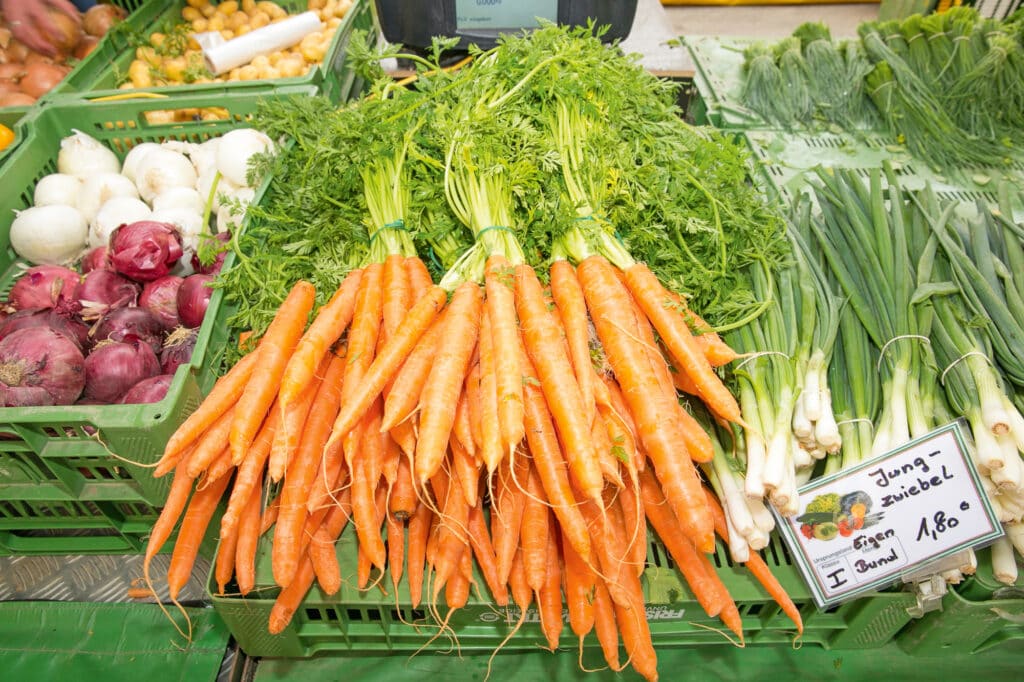
Feasting at the market
And next door at the Kochwerkstatt restaurant, top chef Christian Cavalier shed any egotism right at the start of his own market era. “You have to cook what your guests like,” Cavalier reveals.
Seasonal foods are always popular. He has been buying and cooking at the market for three years: “We like it here! We’ve come to stay. The Benediktinermarkt is the city’s stomach, and a major point of attraction for all food-lovers who want to buy or eat on the spot. We also offer that certain something with our service by trained staff.”
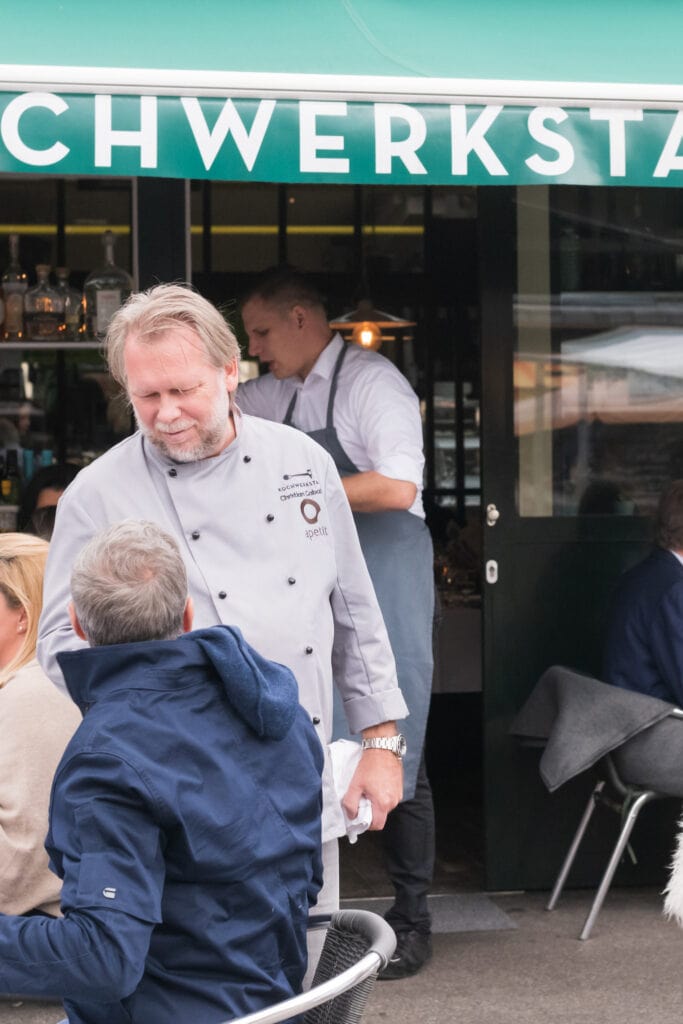
(c) Arnold Pöschl 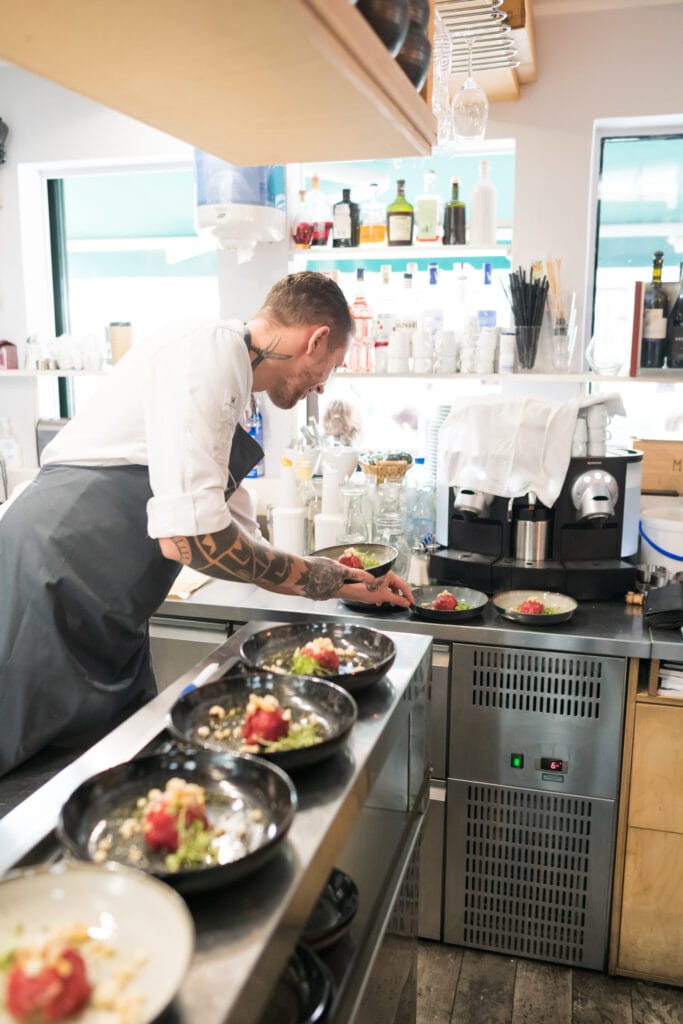
(c) Arnold Pöschl
Yes, the Benediktinermarkt is famous for its contrasts. So opposite award-winning cuisine, there is also down-to-earth home cooking. The market restaurant “Zua(g)Rast” serves local treats and pasta (including to take out). Maybe you haven’t eaten “Scheiterhaufen” (bread pudding with apples) for a long time?
In the main hall you will find this rarely offered, home-style pudding which is cooked fresh daily. “It is important to us to offer traditional home-style food that is typically found in markets, without repeating the things the market already offers,” says Thomas Lercher, in the young market restaurant. And Friday is pasta day, when they offer all the available pasta specialities produced by the local “Norische Nudelwerkstatt Guttaring” (including ravioli filled with pumpkin, cèpes or wild garlic).
Get an appetite?
The classic soup hen brings many market visitors to Brigitte Kitz. This sprightly lady has been here as a market trader for 28 years, gets up at quarter to four in the morning every time, and doggedly wears the distinctive green apron which unites many of the stallholders.
The organic farmers from the Mallhof farm in Bad Kleinkirchheim have been here for 15 years. They enrich the Benediktinermarkt with good milk, tangy cheese and many homemade organic products using cows’, sheep’s and goats’ milk. They make everything in their own farm dairy. Christian Mayrbrugger says the demand for milk products is high: “The trend is clearly moving away from purely meat consumption. Nowadays people are eating better and more purposefully.” The focus is on the product itself and its origins.
The younger generation have also become a part of the Benediktinermarkt. As well as the Frank family with their daughter Melanie Krakolinig, younger people are taking over the business activities on many stalls. So with Barbara Geith (née Trabe) the 5th generation is already following the 4th on what is probably the most puristic stall at the Benediktinermarkt.
The Trabe family have been known for their speciality since time immemorial: this is where sauerkraut lovers strike it rich. Trabe sauerkraut has been sold at the Benediktinermarkt since 1949, but was popular much earlier than this at many locations in Klagenfurt due to the special way in which it is manufactured, with not only the seeds but also the plant and the finished sauerkraut being produced by the family themselves in a closed system.
And the new generation are also moving in from Slovenia: Maja Lorber from Jarenina supplies the people of Klagenfurt with a very wide selection of dried fruit. “Carinthians are happy to spend money on good food,” says the young woman behind her colourful stall.
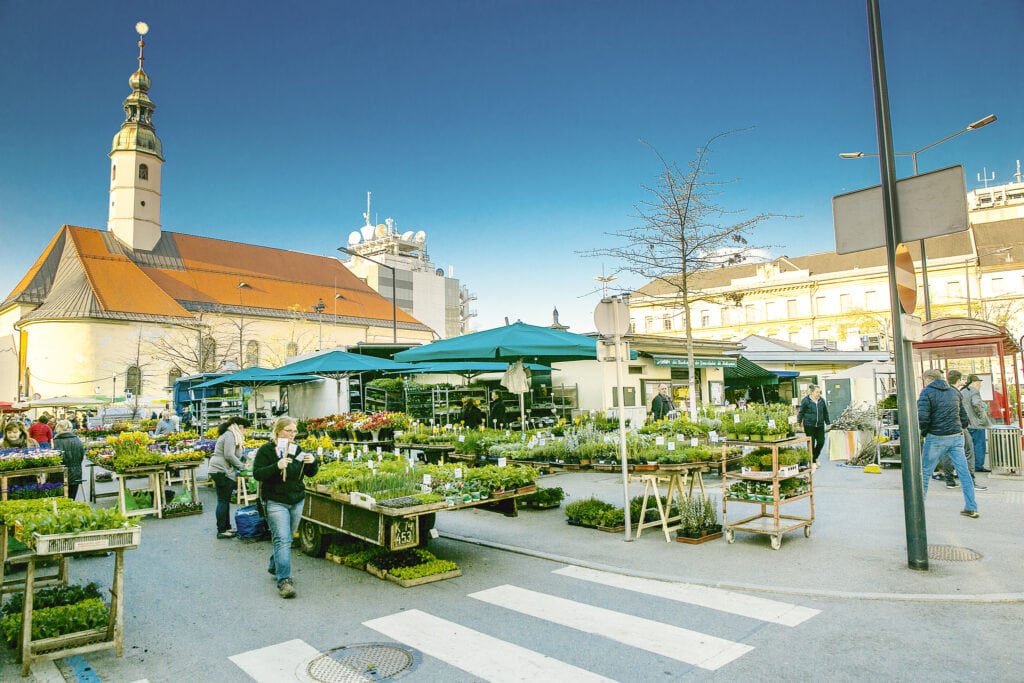
“The Benediktinermarkt is the actual centre of the city,” says a passer-by, pointing out the market’s importance in society. “It serves not just as a point of sale, but also as Klagenfurt’s communication platform.” What can you learn from an early visit to the market, which by now is just as old as many a creative cake supplier who stands behind the home-tied bouquets and local knitted goods every Thursday and Saturday? That a market is never perfect, but a market is alive, honest and good!

Mit dem Laden der Karte akzeptieren Sie die Datenschutzerklärung von Google.
Mehr erfahren
